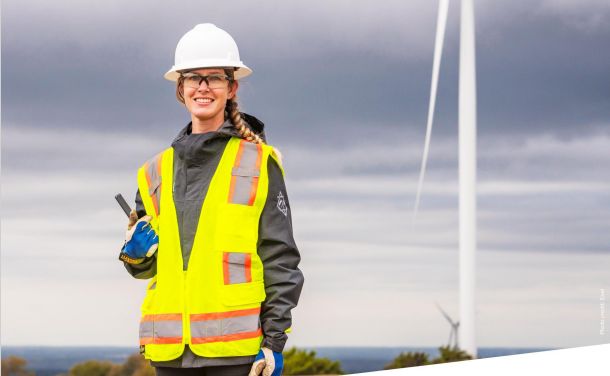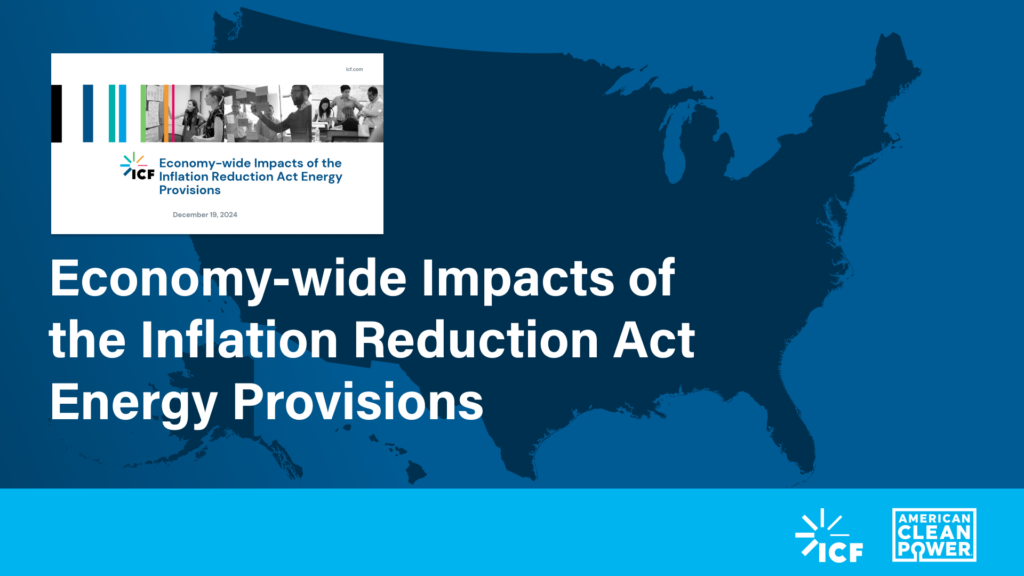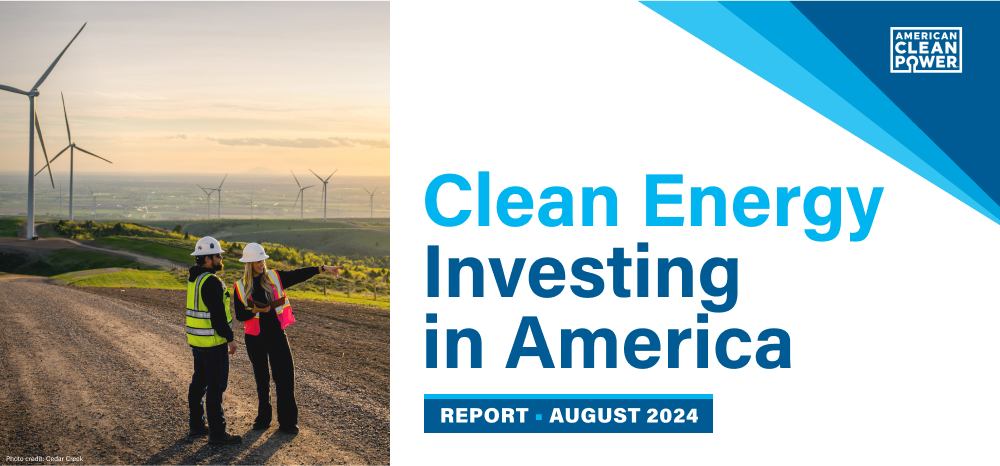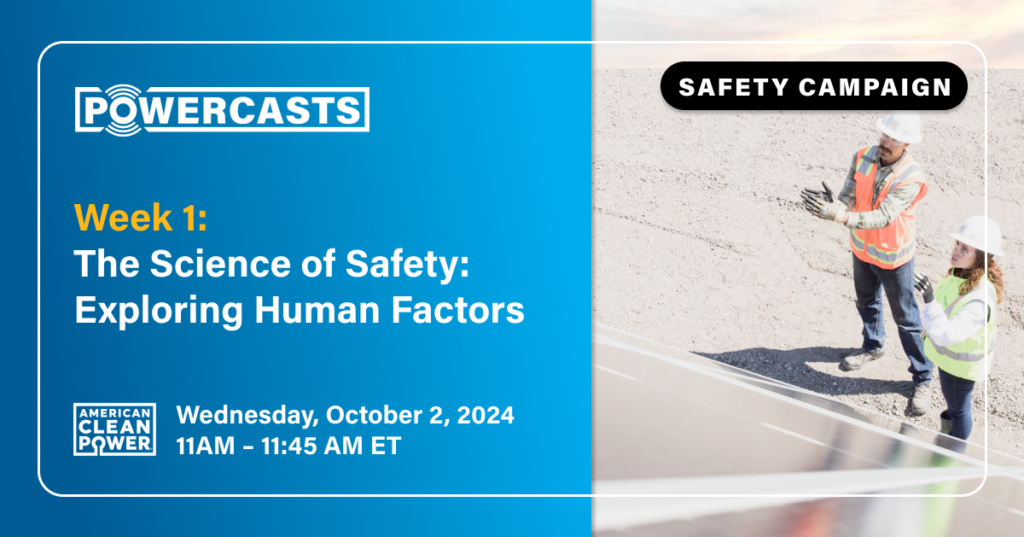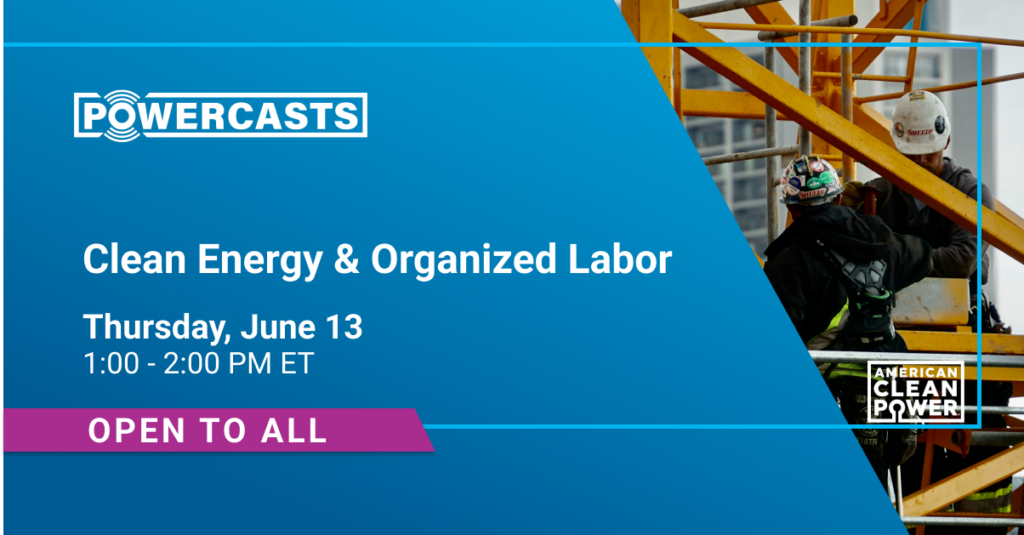You must be a member to access this resource.
to learn more, or contact our membership team at or (202) 383-2500 to discuss becoming an ACP member.
Building, operating, and maintaining any power generation project requires a high level of electrical safety awareness, training, technical skills, knowledge, and the personal discipline to always act in a safe manner. Wind energy sites are unique in that there are so many tasks to be performed by so few technicians, often without the specializations found in traditional generation facilities. Thus, guidelines have been prepared in cooperation between the members of American Clean Power Association (ACP) and the Global Wind Organization (GWO).
The ACP Entry-Level Wind Technician Guidelines aim to ensure a comprehensive understanding of entry-level requirements for operations and maintenance wind technicians for onshore and offshore wind facilities. The guidelines will help:
- Alleviate the continued pressure on costs and resources
- Reduce bottlenecks in training
- Provide a stable, competent entry level workforce
- Reduce recruitment constraints by knowledgeable entry-level technicians ready for company qualifications and experience
- Decrease training duplication
- Reduce the pressure on recruitment and training
- Prove useful for both construction and maintenance technicians

